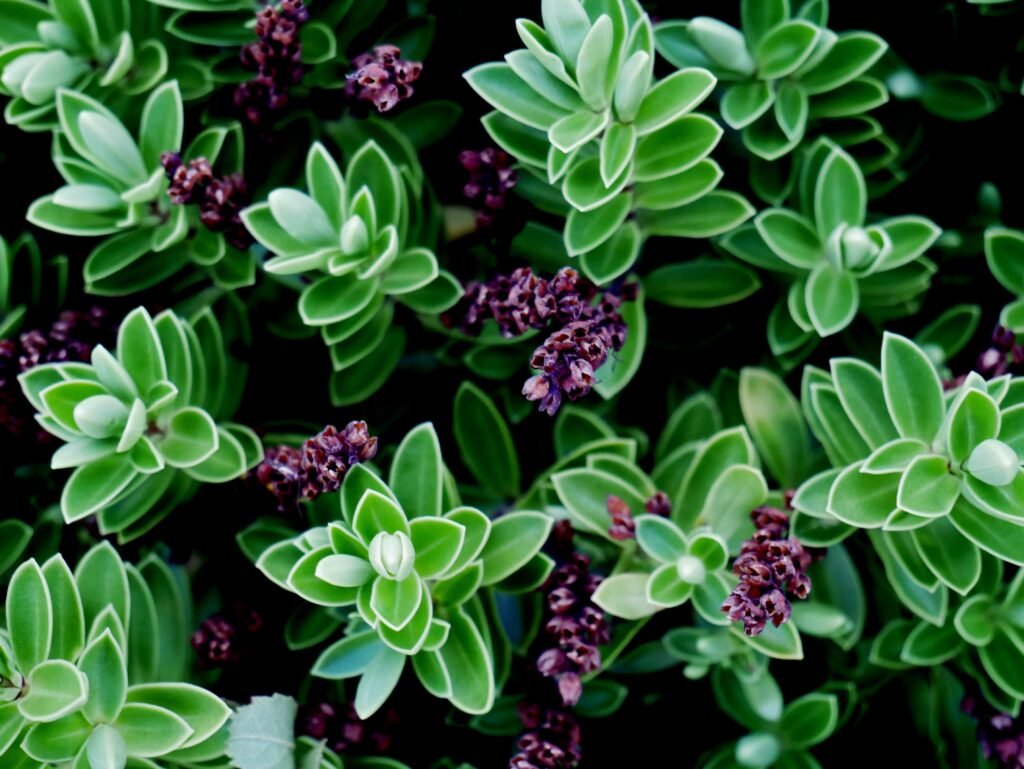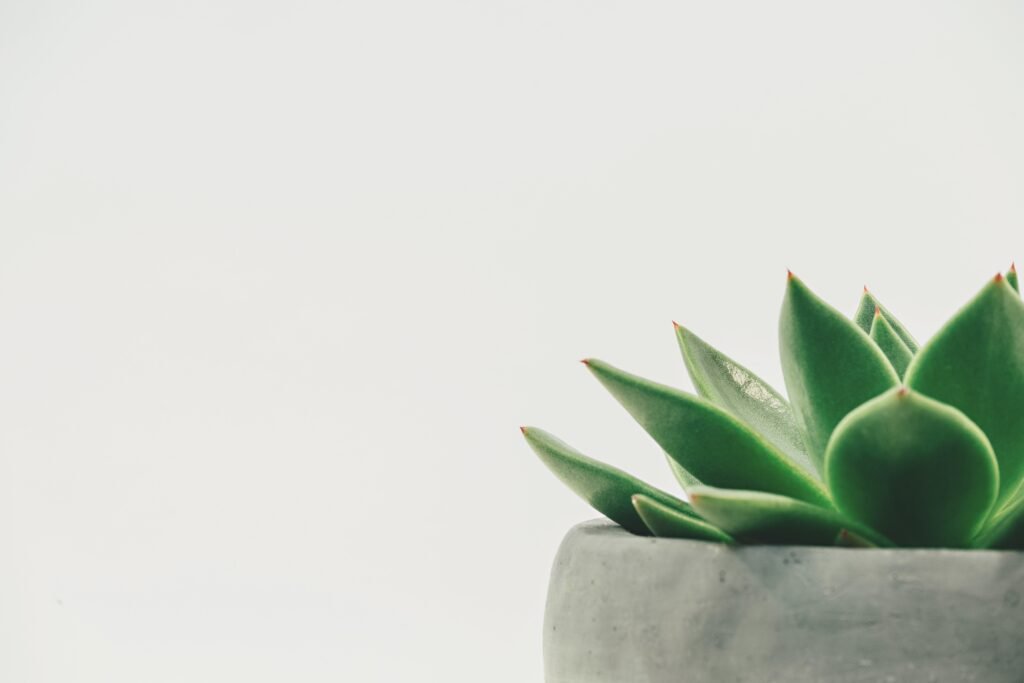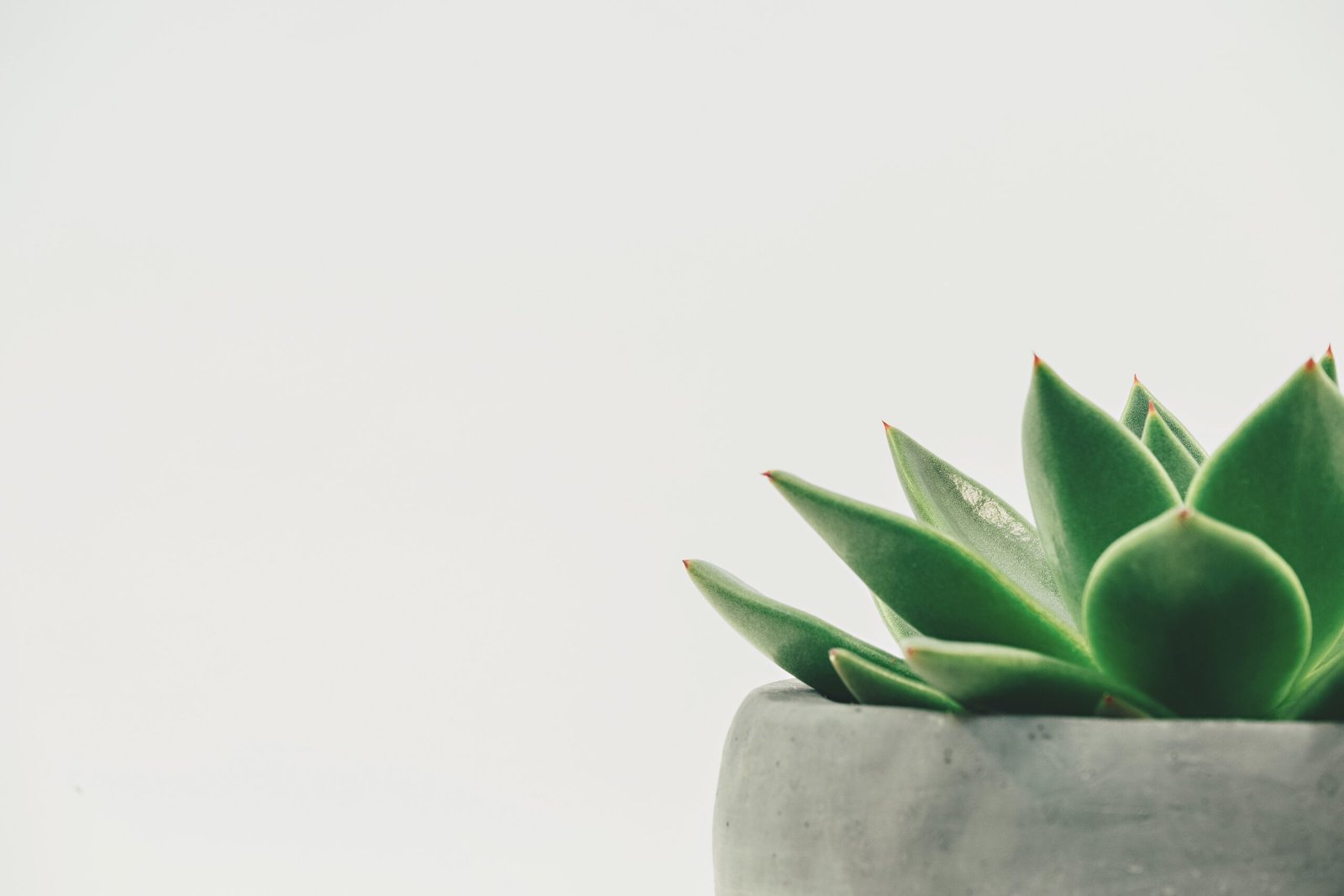Have you ever wondered how to safely transport your beloved succulents without damaging them? This article will provide you with valuable insights on the best methods to ship succulents, ensuring they reach their destination in excellent condition. It will cover essential tips and tricks, such as selecting the appropriate packaging materials, considering temperature conditions, and choosing the optimal shipping method. Whether you are sending these beautiful plants as gifts or selling them online, understanding the best way to ship succulents is crucial for preserving their health and vibrancy.
Choosing the Right Packaging
Selecting the Correct Box Size
When it comes to shipping succulents, selecting the correct box size is essential. You want to choose a box that provides enough space for the plants to fit comfortably without being too spacious that they move around during transit. A box that is too small can damage the plants, while a box that is too big can lead to shifting and potential breakage. Consider the size of your succulents and choose a box that allows them to be securely contained without excess space.
Using Protective Padding
To ensure the safety of your succulents during shipping, it is important to use protective padding. This can be in the form of bubble wrap, packing peanuts, or crumpled paper. The padding helps to cushion the plants and prevent them from getting damaged during transit. Place a layer of padding at the bottom of the box, around the plants, and on top to provide complete protection. This will help absorb any shocks or impacts that may occur during transportation.
Considering Air Circulation
While it is important to protect your succulents during shipping, it is equally important to consider air circulation. Succulents thrive in well-ventilated environments, and restricting airflow can lead to moisture buildup and potential rotting. When packing your succulents, make sure to leave some space for air circulation within the box. This can be achieved by not overpacking the box and using materials that allow for some breathing room.
Preparing Succulents for Shipping
Allowing for Adequate Water Drainage
Before shipping your succulents, it is crucial to ensure that they have adequate water drainage. Succulents are highly sensitive to overwatering, and excess moisture can cause root rot and damage during transit. Make sure to water your succulents a few days before shipping to allow them to drain any excess water. It is also recommended to use well-draining soil to prevent water accumulation.
Trimming and Securing the Plants
To minimize the risk of damage during transit, it is advisable to trim and secure your succulents. Trim any long or protruding leaves to reduce the chances of them getting bent or broken. Additionally, you can use small rubber bands or twine to secure the plants together gently. This will prevent them from shifting and rubbing against each other during shipping.
Removing Excess Soil
Excess soil can add unnecessary weight and create a mess during transit. Before shipping your succulents, gently remove any excess soil from the roots and the surrounding foliage. Be careful not to damage the roots while doing this. By reducing the amount of soil, you can minimize the weight of the package and prevent soil spillage, making it easier and cleaner to transport your succulents.

Protecting Succulents during Transit
Choosing the Appropriate Shipping Method
When it comes to shipping succulents, choosing the appropriate shipping method is crucial. Consider the distance of the shipment and the time it will take for the package to reach its destination. Opt for faster shipping methods, such as express or priority mail, to minimize the time your succulents spend in transit. This will help reduce the risk of stress or damage due to prolonged transportation.
Timing the Shipment
Timing is important when shipping succulents. To ensure their safe arrival, avoid shipping during extremes of weather conditions. Extreme temperatures, whether hot or cold, can be detrimental to your succulents’ health. Check the weather forecast for both your location and the recipient’s location, and plan the shipment accordingly. Aim for milder seasons when temperatures are more likely to be moderate.
Providing Tracking and Insurance
To have peace of mind during the shipping process, it is wise to provide tracking and insurance for your succulents. Tracking allows you and the recipient to monitor the progress of the shipment and ensure it arrives on time. Insurance provides financial protection in case of any damage or loss that may occur during transit. It is always better to be safe than sorry, and having tracking and insurance will help safeguard your precious succulents.
Informing the Recipient
Labeling the Package as Fragile
When shipping succulents, it is important to communicate to the recipient that the package contains fragile items. To do so, clearly label the box as fragile. This will alert the recipient and any handlers during transit to be extra cautious with the package. Labeling the box as fragile increases the likelihood of careful handling and lowers the chances of mishandling or rough treatment during transportation.
Including Care Instructions
To ensure the recipient knows how to care for their new succulents once they arrive, it is crucial to include care instructions. These instructions should outline the necessary steps for watering, light exposure, and general care. Include any specific requirements unique to the succulents you are shipping. It is always helpful to provide detailed information to ensure the succulents thrive in their new environment.
Bulletproofing the Box
In addition to labeling the package as fragile, consider bulletproofing the box to provide extra protection for your succulents. This can be done by reinforcing the box with additional layers of padding, sturdy cardboard, or foam inserts. By adding these extra layers, you create a stronger and more secure box, reducing the risk of damage during transit. Bulletproofing can provide an added layer of protection against mishandling or accidents.
Considering Temperature and Climate
Understanding Optimal Conditions
Succulents have specific temperature and climate preferences. Before shipping succulents, educate yourself on the optimal conditions for the specific varieties you are sending. Some succulents prefer cooler temperatures, while others thrive in warmer climates. Understanding the temperature and climate requirements will allow you to make informed decisions when it comes to shipping your succulents.
Using Heat Packs or Insulation
To protect your succulents from extreme cold temperatures during transit, consider using heat packs or insulation. Heat packs can provide a source of warmth and prevent your succulents from experiencing frost damage. Insulation, such as bubble wrap or foam, can help maintain stable temperatures within the packaging, acting as a protective barrier against both heat and cold. These measures will help ensure your succulents arrive in optimal condition.
Avoiding Extreme Temperatures
Extreme temperatures can be detrimental to your succulents. Avoid shipping succulents during periods of extreme heat or cold. High temperatures can cause wilting or scorching, while freezing temperatures can damage leaves and roots. It is best to wait for more favorable conditions before shipping your succulents to minimize the risk of temperature-related damage.
International Shipping Considerations
Checking Import and Export Regulations
When shipping succulents internationally, it is crucial to check the import and export regulations of the destination country. Different countries have different rules and restrictions regarding the importation of plants. Ensure that you comply with all the necessary regulations to avoid any legal issues or delays in customs. Understanding the regulations will help ensure a smooth and hassle-free international shipment.
Obtaining the Necessary Permits
Depending on the destination country, you may need to obtain permits or phytosanitary certificates to ship succulents internationally. These permits ensure that your succulents meet the specific requirements of the receiving country and help prevent the introduction of pests or diseases. Research the necessary permits well in advance and make sure to obtain them before shipping to avoid any complications.
Understanding Potential Risks
Shipping succulents internationally comes with its own set of risks. There is the possibility of extended transit times, exposure to different climates, and customs inspections. These factors can increase the chances of stress or damage to your succulents. Being aware of the potential risks allows you to take extra precautions, such as adding more protective packaging or choosing expedited shipping, to minimize any negative impacts.

Using Professional Services
Hiring a Plant Shipper
If you are unsure about shipping succulents on your own, consider hiring a professional plant shipper. These specialized services have experience and knowledge in handling and shipping plants. They can provide expert advice on packaging, shipping methods, and optimal transit conditions. Hiring a plant shipper can ease any concerns you may have and ensure that your succulents are in the hands of professionals.
Using Specialized Packaging Materials
Professional plant shippers have access to specialized packaging materials designed specifically for shipping plants. These materials provide the highest level of protection for your succulents during transit. From specially designed boxes to plant-specific padding, using these specialized materials ensures that your succulents are well-cared for and protected throughout the shipping process.
Ensuring Expert Handling
One of the advantages of using professional services is the expert handling they provide. Professional plant shippers have experience in handling delicate plants like succulents and know how to minimize any potential damage during transit. They are well-trained in proper packing techniques and understand the importance of careful handling. By entrusting your succulents to professionals, you can have peace of mind knowing they are in capable hands.
Shipping Succulent Cuttings or Seeds
Packaging Cuttings for Protection
When shipping succulent cuttings, it is crucial to package them properly to protect their delicate nature. Wrap the cuttings in damp paper towels to keep them hydrated during transit. Then, secure the wrapped cuttings in a ziplock bag to prevent them from drying out. Place the bag in a padded envelope or a small box with additional padding for cushioning. This packaging method will help ensure that the cuttings arrive safely and can be propagated successfully.
Choosing the Right Medium for Seeds
When shipping succulent seeds, choosing the right medium is essential for their survival. Use a sterile, well-draining medium such as perlite or vermiculite. Fill a small, sealable plastic bag with the medium, add the seeds, and gently shake to disperse them evenly. Seal the bag and place it in a padded envelope or a small box for shipping. This method will help protect the seeds and provide them with the necessary conditions for germination.
Including Planting Instructions
Whether shipping succulent cuttings or seeds, it is vital to include planting instructions for the recipient. Provide clear and detailed instructions on how to propagate the cuttings or germinate the seeds. Include information on optimal light, temperature, and watering requirements. The planting instructions will guide the recipient in successfully establishing and caring for their new succulents.
Dealing with Quarantine Restrictions
Researching Quarantine Laws
When shipping succulents to certain countries or regions, there may be quarantine laws in place. These laws aim to prevent the introduction of pests or diseases into a specific area. It is crucial to research and understand these quarantine laws before shipping. Familiarize yourself with any plant-specific restrictions, such as the need for quarantine inspections or specific documentation. Adhering to quarantine regulations will help ensure that your succulents clear customs smoothly.
Packaging for Quarantine Inspection
If you are shipping succulents to a location with quarantine requirements, it is important to package them in a way that allows for easy inspection. Make sure to use transparent packaging materials, such as clear plastic bags or containers, so that the contents are visible. This allows officials to assess the plants without having to open the package. Additionally, include any necessary documentation, such as phytosanitary certificates, outside the packaging for easy access during inspection.
Finding Authorized Quarantine Facilities
In some cases, if your succulents need to go through a quarantine inspection, you may need to send them to an authorized quarantine facility. Research and find the nearest facility that can accommodate the inspection process. Familiarize yourself with their requirements and procedures for shipping plants for quarantine. Sending your succulents to an authorized facility ensures compliance with quarantine regulations and reduces the risk of delays or complications.
Receiving Succulents by Mail
Inspecting for Damage
When receiving succulents by mail, it is essential to inspect them immediately for any signs of damage. Check for broken or wilting leaves, damaged stems, or dislodged soil. If any damage is detected, document it with photographs and contact the sender or the shipping company to initiate a claim. Promptly addressing any damage will increase the chances of resolving the issue and ensuring the health of your succulents.
Transferring to Permanent Containers
After inspecting the succulents and ensuring they are in good condition, it is time to transfer them to permanent containers. Choose suitable pots with drainage holes and fill them with well-draining soil. Gently remove the succulents from their shipping packaging, taking care not to damage the roots. Place each succulent in its new container, ensuring the soil covers the roots and the plants are stable. Water lightly and allow the succulents to acclimate to their new environment.
Acclimating the Plants
When receiving succulents by mail, it is important to acclimate them gradually to their new surroundings. Succulents may experience shock when transitioning from shipping conditions to a new environment. To avoid stress or damage, place your succulents in a partially shaded area for the first few days, gradually increasing their exposure to sunlight. Monitor their watering needs and make adjustments as necessary. By allowing the succulents time to acclimate, you give them the best chance to thrive in their new home.
In conclusion, shipping succulents requires careful consideration and preparation. From choosing the right packaging to ensuring proper care during transit, each step plays a crucial role in the successful shipping of these delicate plants. By following the guidelines outlined in this article, you can confidently ship your succulents while keeping them safe and healthy. Remember to take into account factors such as temperature, international shipping regulations, and the use of professional services to optimize the shipping process. With the right approach, you can share the joy of succulents with others near and far. Happy shipping!



